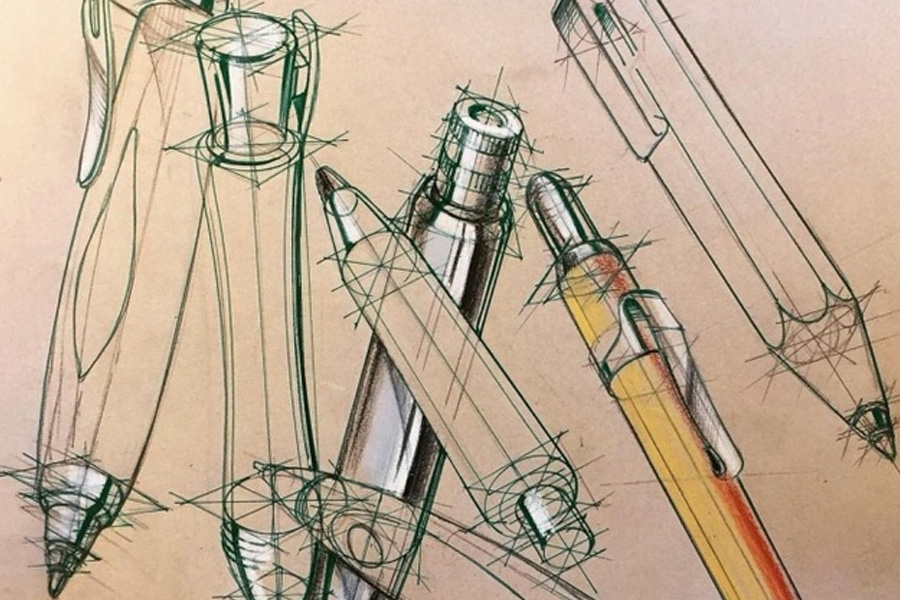In order to obtain the best performance of stainless steel materials or to create necessary conditions for stainless steel users to perform stainless steel cold and hot processing, stainless steel materials need to be heat treated before they leave the factory. Heat treatment is divided into annealing, normalizing, quenching, tempering and other methods. For stainless steel producers, no matter what kind of heat treatment is customary, it is collectively referred to as annealing. Different types of stainless steel have different microstructures after hot rolling and cold rolling, so the annealing purpose and equipment used are also different. …
(1) Annealing after hot rolling
The hardness of stainless steel after hot rolling is relatively high and carbides are precipitated. See Table 1 for the annealing purpose of various stainless steels. To
Martensitic steel is austenite at high temperature, martensite transformation occurs during cooling after hot rolling, and martensite with high hardness is obtained at room temperature. The purpose of annealing is to decompose this martensite into ferrite matrix with uniformly distributed spherical carbides to soften the steel. To
Table 1 Annealing purpose of each stainless steel grade Annealing purpose martensite
①Soften
②Carbide diffusion
③Adjust the grain size
④Ferrite
①Improve plasticity
②Adjust the grain size of austenite
①Carbon solid solution
②Adjust the grain size
③Soften
④Reduce
δ ferrite
Ferritic steel usually has no γÖα transformation, and it has a ferrite structure at high and normal temperatures. However, when steel contains a certain amount of austenite-forming elements such as carbon and nitrogen, even if there is a high content of Cr, austenite will be partially formed at high temperatures, and martensite transformation will occur during the cooling process after rolling. Harden the steel. Therefore, the purpose of annealing this type of steel is to make the elongated grains become equiaxed grains on the one hand, and to decompose martensite into ferrite and granular or spherical carbides on the other hand to achieve the purpose of softening. .
Austenitic steel contains a large amount of austenite-forming elements such as Ni and Mn, and it is an austenite structure even at room temperature. However, when the steel contains a lot of carbon, carbides will precipitate after hot rolling. In addition, the grain size will also be deformed due to processing. The annealing of this kind of steel is to make the precipitated carbides dissolve in the austenite at high temperature, and to keep the austenite with dissolved carbon at room temperature by quenching, and at the same time adjust the grain size during annealing to achieve softening Purpose. …
(2) Annealing after cold rolling
The stainless steel hardens during cold rolling. The greater the amount of cold rolling, the greater the degree of work hardening. If the work-hardened material is heated to 200-400°C, the deformation stress can be eliminated. Further increase in temperature will cause recrystallization and soften the material. Annealing after cold rolling includes intermediate annealing and final annealing, and its purpose is to soften the hardened material through recrystallization to obtain the required performance.
Link to this article:Annealing purpose of stainless steel strip
Reprint Statement: If there are no special instructions, all articles on this site are original. Please indicate the source for reprinting:Alloy Wiki,thanks!^^

